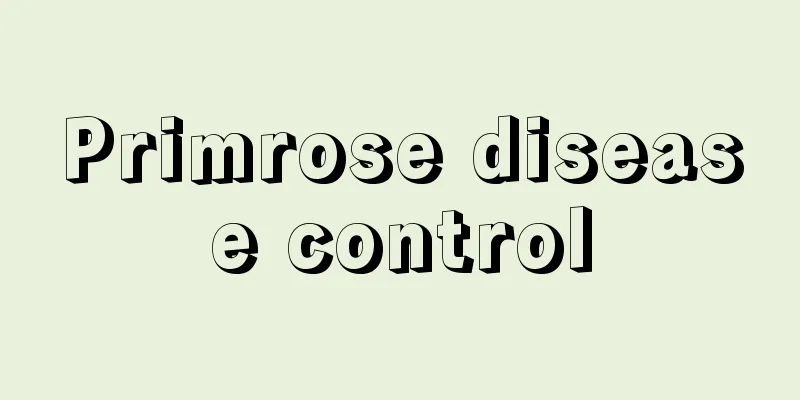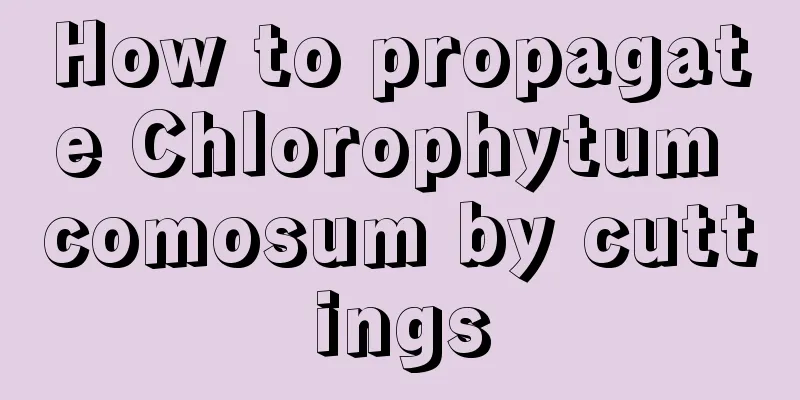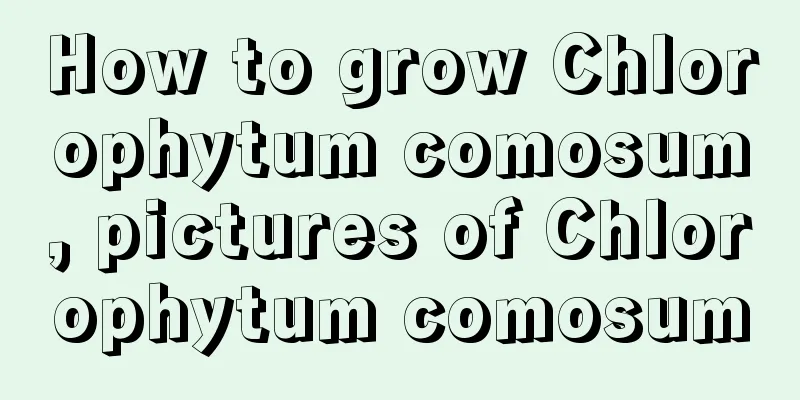Primrose disease control

Primrose mosaic diseasesymptomThe mosaic disease of primrose is a plant-wide disease caused by the mosaic virus, which can cause the leaves of the plant to become deformed or smaller, and is characterized by dark green stripes distributed throughout the plant. If affected by this type of disease, the infected plants will not bloom, and the flowers will be small and deformed. The virus is mainly spread by aphids, and the disease mainly infects the diseased plants of the surrounding weeds. Prevention and treatment methodsFirst, remove weeds and diseased grass and destroy them in batches to reduce the source of infection. Secondly, eliminate aphids in time to prevent the spread of the virus. Primrose brown spotsymptomPrimrose brown spot disease often occurs on Primrose and is caused by bacteria. Infected plants will have brown spots on their leaves. The virus from the diseased plants is spread to other plants through wind and rain. Prevention and treatment methodsAt the early stage of the disease, spray 70% of Benomyl for spraying and prevention. Botrytis cinereasymptomPrimrose gray mold is the most common disease of primroses and occurs throughout the country. When the plant is infected by the disease, it will turn yellow and shed its leaves. The disease mainly infects leaves and tender stems. It often occurs at leaf tips and leaf margins. When the disease first occurs on the plant, water-like spots will appear, which will gradually grow larger to form brown spots and gradually rot. In the later stage, gray-yellow layers will be formed, which will gradually rot and fall off. If the climate is relatively humid, the disease is characterized by the appearance of a gray mold layer, which mostly occurs when the temperature is 20℃ and is most likely to occur when the air humidity is high. Prevention and treatment methodsPlanting should be done reasonably and the planting density should not be too close. Pay attention to keeping the environment well ventilated and reducing the humidity in the air. Cut off diseased leaves and dead branches in time to reduce the source of infection, so that the incidence rate will be reduced. During the outbreak period, spray 50% of cypermethrin for prevention and control. |
>>: Poinsettia Diseases and Control Methods
Recommend
Cultivation methods and precautions of purple root orchid
1. Breeding methods 1. Flower soil: It is afraid ...
Placing these 6 pots of flowers at home can increase humidity and remove dust, which is more effective than a humidifier!
Pothos It is a commonplace to talk about the gree...
Can daisies be sown in spring?
1. Is it possible to sow seeds? You can sow daisi...
Can I water succulents after rainwater has been left for a few days?
Can rainwater be used to water succulents? Succul...
Licorice cultivation methods and precautions
1. Maintenance methods 1. Temperature: It is a he...
How to grow Daphne odora in summer
Summer pruning: Daphne koreana is a plant that is...
What to do if Clivia is pinched by an arrow
1. Adjust the temperature Reason: Clivia grows be...
What flowers are suitable for growing in Yunfu? What are the city flowers and trees?
1. Climate characteristics of Yunfu Yunfu has mor...
The efficacy and function of Centella asiatica
1. Stop bleeding Centella asiatica has good hemos...
Is potted iris easy to grow? How to care for it?
1. Is it easy to raise? Iris is a relatively easy...
Do I need to trim the roots of lucky bamboo after buying it?
1. Do you need to prune the roots? After purchasi...
The value of jade bell
The ornamental value of jade bell The jade bell p...
Why does the big-leafed green radish need a column?
1. Easy to climb The big-leafed green radish grow...
How is the profit per mu of Schisandra chinensis? How much is the profit per mu of Schisandra chinensis?
Schisandra chinensis has a very high yield and a ...
How to deal with the yellowing leaves of Cloud Bamboo?
Cloud bamboo is a small bonsai plant, also known ...









